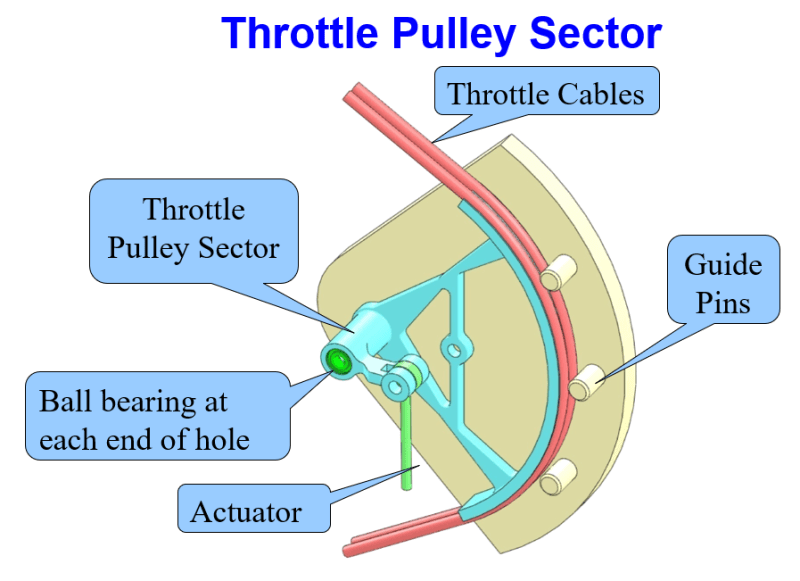Demand was not answered.
I asked you clearly why don't you require FEA software developers to present a case study to prove the advantages of performing an FEA over not performing one, just as you require the Y14.5 committee to publish a case study to support implementation of standardized dimensioning and tolerancing compared to a drawing that doesn't follow any standards.
Saying you "have seen case studies from FEA developers" is not enough, and is nothing at all. If it's about comparing different software programs and meshes it is irrelevant. I could point you to a paper that was published in an ASME journal, studying different geometric documentation strategies all involving "GD&T" callouts, and their effect on the downstream process, but that is not the type of thing you require, is it?
I googled FEA and the results are full of commercial content, just like for anything else. I converted poorly defined drawings to ones that utilize concepts and symbology covered by Y14.5 and saw the positive outcomes. I care little about what turns up on google about it. If you have the opposite experience to back up your approach, why don't you tell about that case when you redefined a drawing to eliminate any form control feature control frames such as flatness, replaced orientation geometric tolerances such as perpendicularity and angularity by directly toleranced angles and title block angular tolerances, deleted the datum feature symbols, removed any locational controls such as position and profile and replaced them by directly toleranced location dimensions etc. Go on and tell how this improved the performance of the product, reduced risks, benefitted the manufacturing and inspection and led to cost savings.
Usually Tec-Ease examples show an erroneous or ambiguous tolerancing scheme and provide an alternative definition method that makes for a rigorous specification, without going into detail about the tolerance values. These values should be driven by assembly and performance considerations. The datum selection is also driven by the assembly, and it is often shown.
Since you felt the need to pass a judgement on the example by Don Day, you should have done it meaningfully. I expect you to provide a link to the example, and explain how exactly his "terrible idea" to use a profile control on that feature is inferior to the original tolerancing scheme that probably didn't have that control. You should tell how the scheme he proposed takes less consideration of assembly and functionality requirements than the original design documentation. Tell how the original controls which he proposed to change do better at preventing the potential failure you describe. Until you do that, your criticism is unreliable.


![[thumbsup2] [thumbsup2] [thumbsup2]](/data/assets/smilies/thumbsup2.gif)
![[blush] [blush] [blush]](/data/assets/smilies/blush.gif)